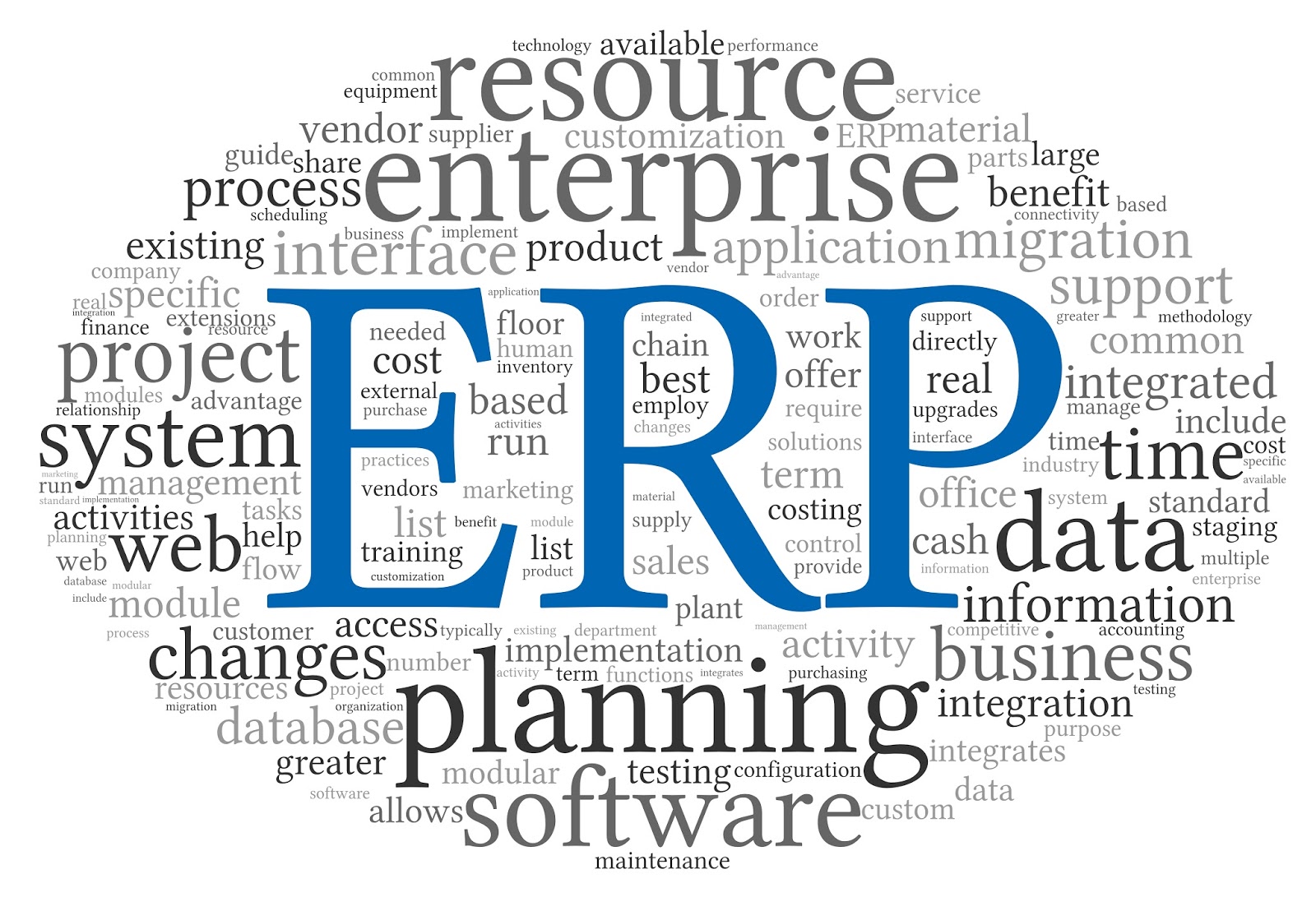3/9/2018
BY: GEORGE SINGOS

The process of embracing new technology continues to confuse and discourage many small and medium-sized manufacturers. Although there is no established protocol in place for how to successfully transition to utilizing such technologies, the first step for all manufacturers is to understand the needs of their business. With this in place, along with a few of the right tools, this journey can become simpler, cheaper and even exciting. But what kinds of tools are necessary for this?
Much like how a car is needed to travel long distances, an Enterprise Resource Planning (ERP) system is needed to support company initiatives. While most companies have ERP systems in place, many fail to realize their full potential. They do not understand that such systems can support operations that involve automation and data to drive performance and profitability. Additionally, these systems can integrate with a wide variety of automated equipment and sensors to better manage operations. If used correctly, your ERP system can help your company join the factories of the future.
The Data is Out There. Use It.
It is worth noting that having the right tools in place, such as a strong ERP system, can be useless if the data it provides is not measured and analyzed. Your company could have the most expensive, effective sensor on the market, but it won’t improve your operations unless you fully utilize the data it provides to you. Mastering this step can boost your company’s competitive advantage, help you better manage your operations and increase overall profitability. Although there are endless ways to use big data to improve your business, here are a few essential things you can and should be doing with your data to begin tapping its potential:
- Monitor and report on your efficiency. This may sound obvious, but many companies fail to track the efficiency of their facilities. To measure this, we typically start with establishing how often the equipment in a given facility is running (producing parts). For example, if a shop is opened 2,080 hours a year, how many hours is the equipment actually making parts per line/cell? Gathering and analyzing this data could help you discover a few important areas of improvement:
- Is your equipment breaking down too much?
- Are your set-ups available at the end of a run for the next job?
- Are you sufficiently staffed and/or do you have a flexible workforce?
- Track standard costing/variance. Many companies have the ability to compare the estimate and subsequent (i.e., bill of materials) with the actual costs during and after the production run, but they do not always invest time in tracking it. This should be made a priority due to the numerous benefits it can bring your company, such as:
- Answer the question of, are you operating according to the established standard? If not, your efficiencies and process compliance may be out of control. This typically can be found by looking at the estimated gross margin versus actual gross margin (which, more often than not, is lower).
- Discover if your estimates are accurate. Even at your best, you might not be meeting the standards set by the estimation department. Many times we see this when outdated estimation labor costs and material are used.
- Track your scrap properly. Lack of proper scrap tracking appears when ‘bad’ product is returned to inventory, assuming it will be used someday (hint: it won’t), or when the incorrect standard volume of material is used in production.
- Know your part family/product line profitability. When used properly, your ERP should have the ability to group similar parts together and establish profitability levels by category. An example of where you can use this information is if you have five product lines and one of the families has lower profitability than the others. Your ERP system can provide information to help the sales team quote the products that you are more efficient in producing. This same information can be used to prioritize a continuous improvement plan that can help identify which areas to focus on for future changes.
With basic practices such as these in place, your company will be on the right track to finding success in existing and future technologies.
Lead the Way to the Future
As these technologies and ideas are still so fresh, most manufacturers are only in the beginning stages of transitioning to a modern form of data acquisition. In this era of uncertainty, you may be asking yourself, is my company staying competitive in this changing market? To help answer this, The Center has developed a free Transformation Planner for manufacturers to use, which can determine how effectively your company is performing compared to competitors in the market. You might find you still have a long way to go on your journey to the top, or perhaps you are already leading the way to the factory of tomorrow.
MEET OUR EXPERT
George Singos, Business Leader Advisor
George Singos is the Business Leader Advisor for the Michigan Manufacturing Technology Center. He has accumulated more than 30 years of manufacturing experience in Business Development, Sales & Marketing Management, Project Planning, Quality Management, Costing and Scheduling. Prior to joining The Center, George worked in International Business Development, where his primary focus was growing International Sales in Europe and East Asia while supporting North American, South American and ASEAN operations.
Since 1991, the Michigan Manufacturing Technology Center has assisted Michigan’s small and medium-sized businesses to successfully compete and grow. Through personalized services designed to meet the needs of clients, we develop more effective business leaders, drive product and process innovation, promote company-wide operational excellence and foster creative strategies for business growth and greater profitability. Find us at www.the-center.org.
Categories: Continuous Improvement,
Growth,
Industry 4.0,
Technology